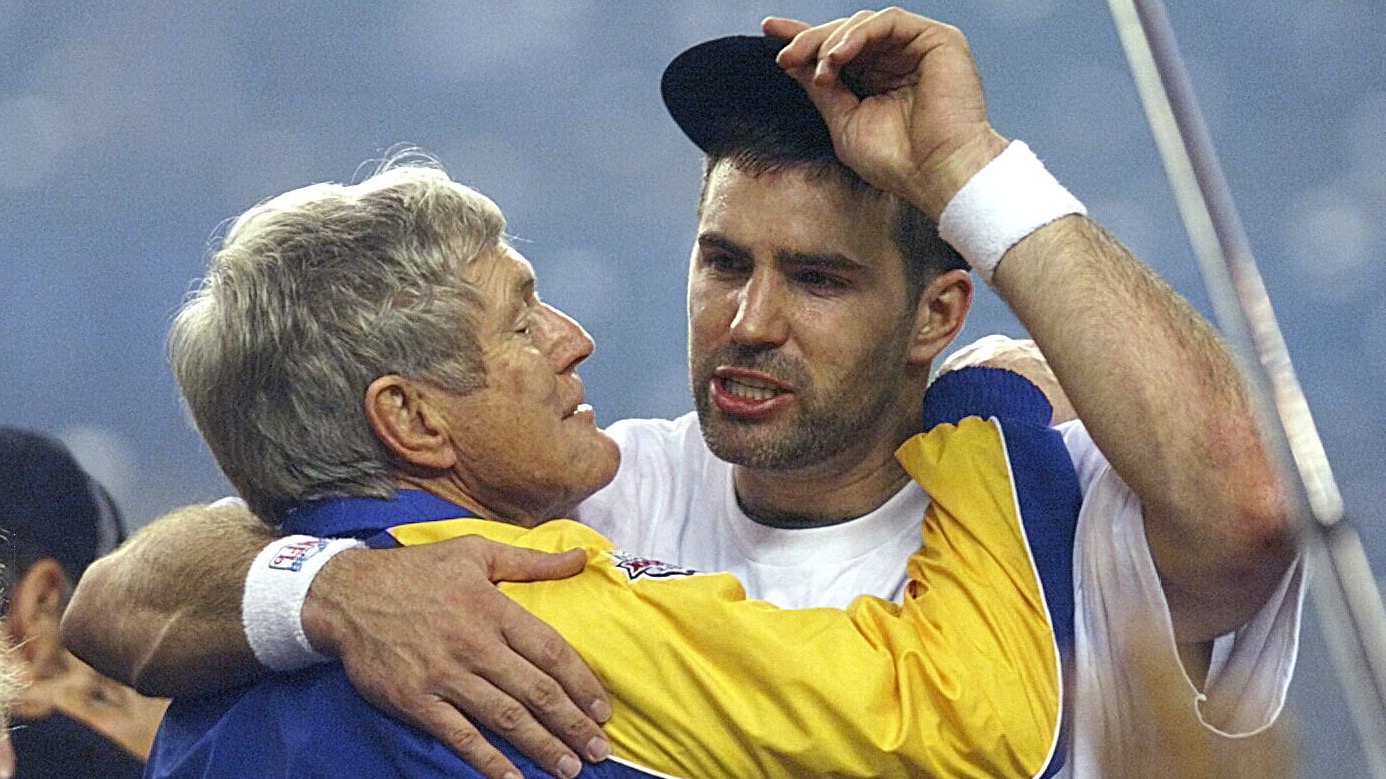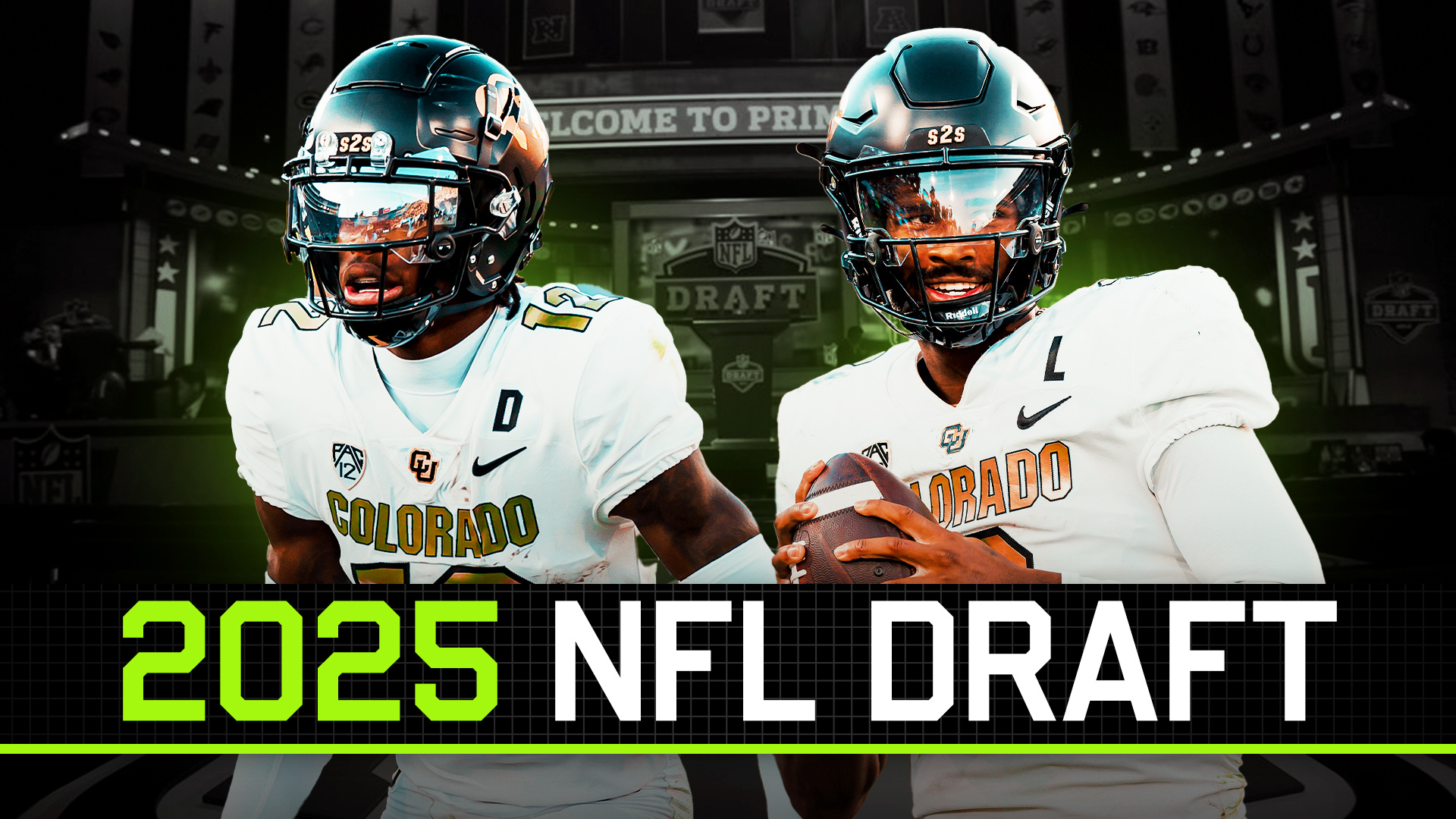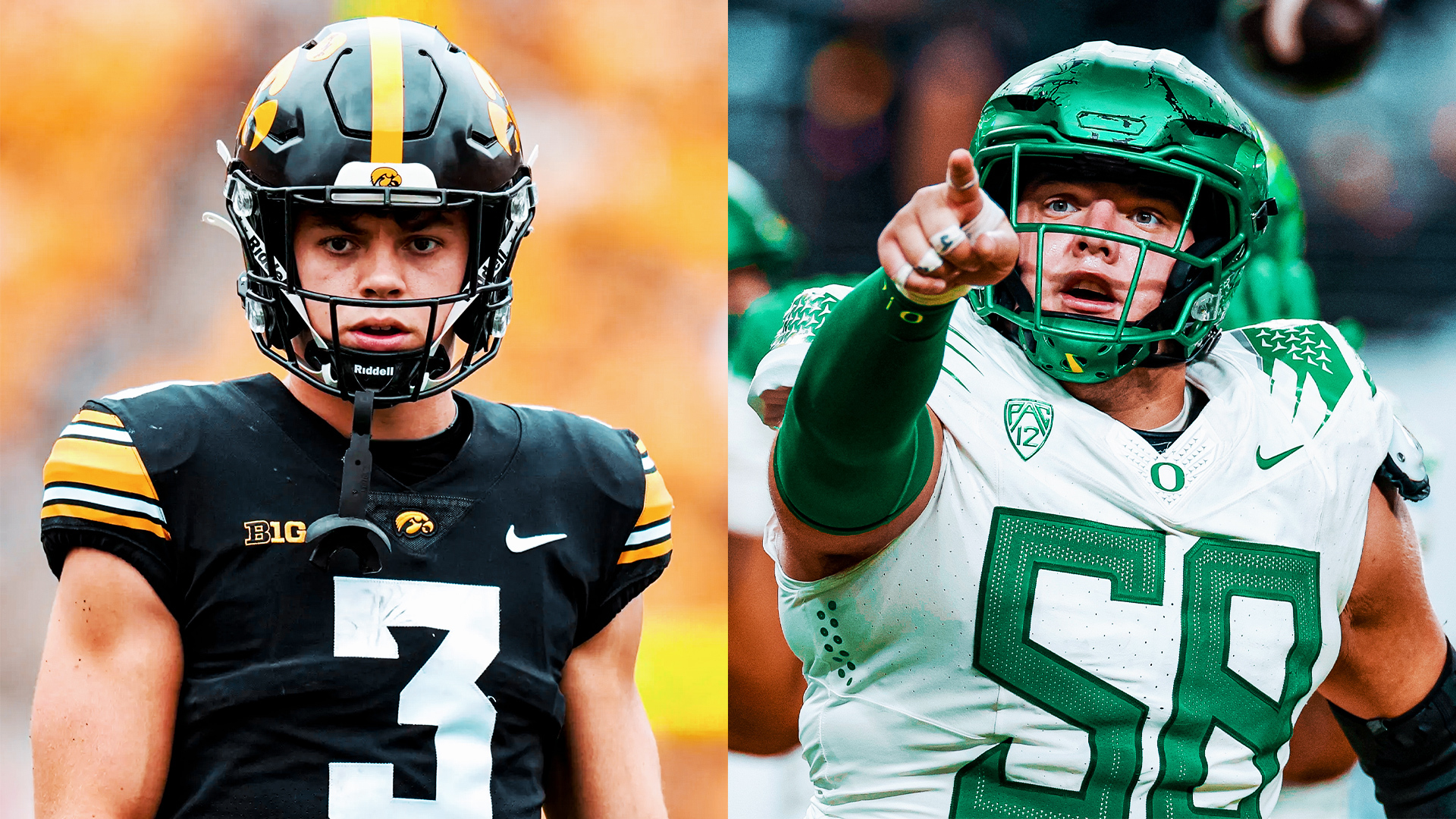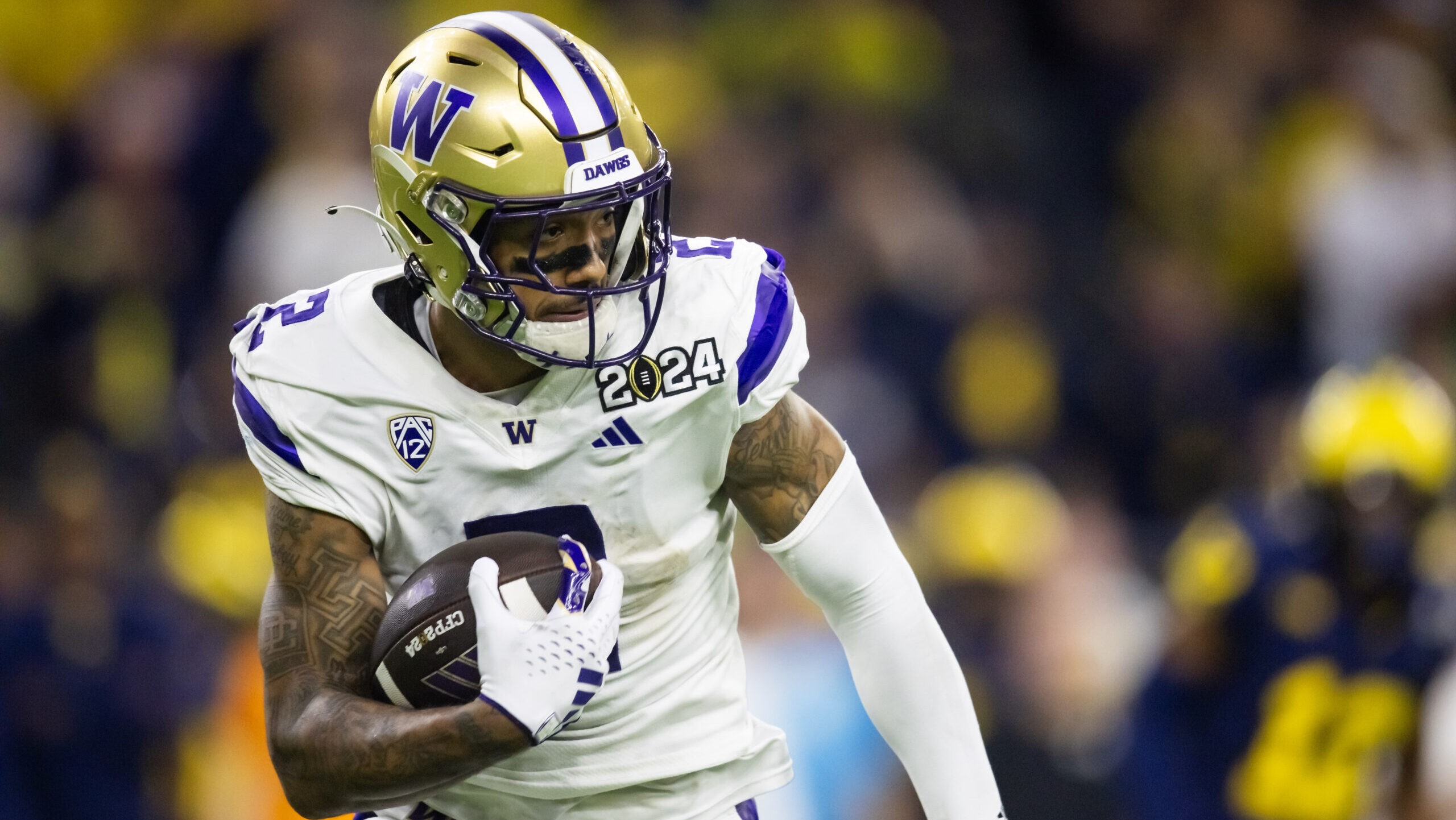Analysis
7/10/23
13 min read
Canton-Bound: Retired NFL Players Who Are Hall of Fame Locks
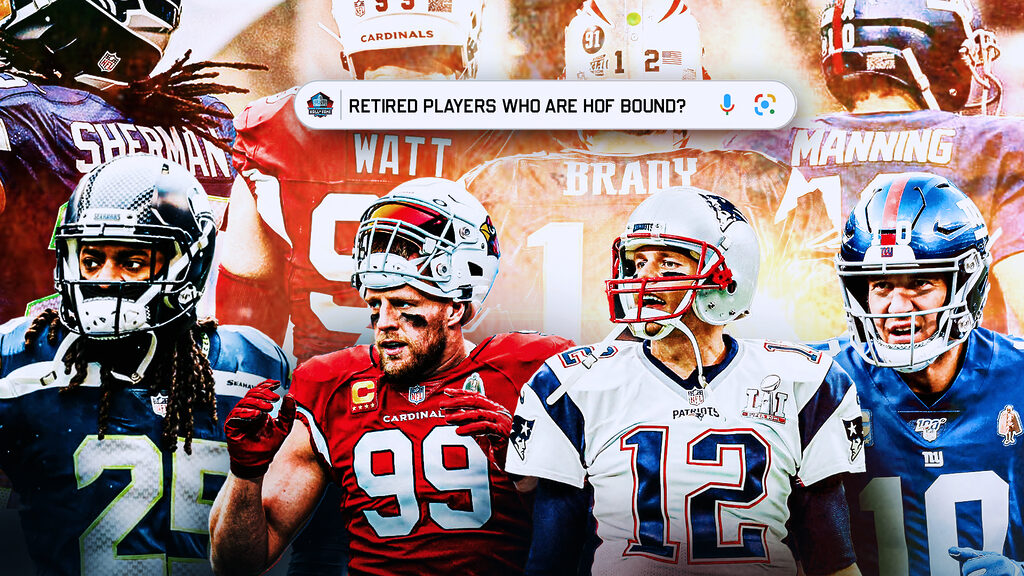
While dozens of former NFL players wait years, even decades, before being considered — or selected for — induction into the Pro Football Hall of Fame, others are locks once their five-year wait since retirement has concluded.
Indeed, this summer, ex-Cleveland Browns tackle Joe Thomas enters the shrine, and there was never a question he would be a first-ballot selection as the best at his position during his 11 pro seasons. Thomas even garnered those 10 Pro Bowl trips and six All-Pro teams while playing for a perennial loser.
There should be no denying any of the following retired stars when their time comes, too. They are placed by year in the locks category, and their first year of eligibility is listed. While 2026 and 2027 could present a logjam, all of those candidates eventually will have Gold Jackets.
Others are in the likely or potentially category, with comments by long-time Hall of Fame voters and current The 33rd Team contributors Vic Carucci, Paul Domowitch, Clark Judge and Barry Wilner.
>> READ: Active Players HOF Bound | Active Coaches HOF Bound
Hall of Fame Locks
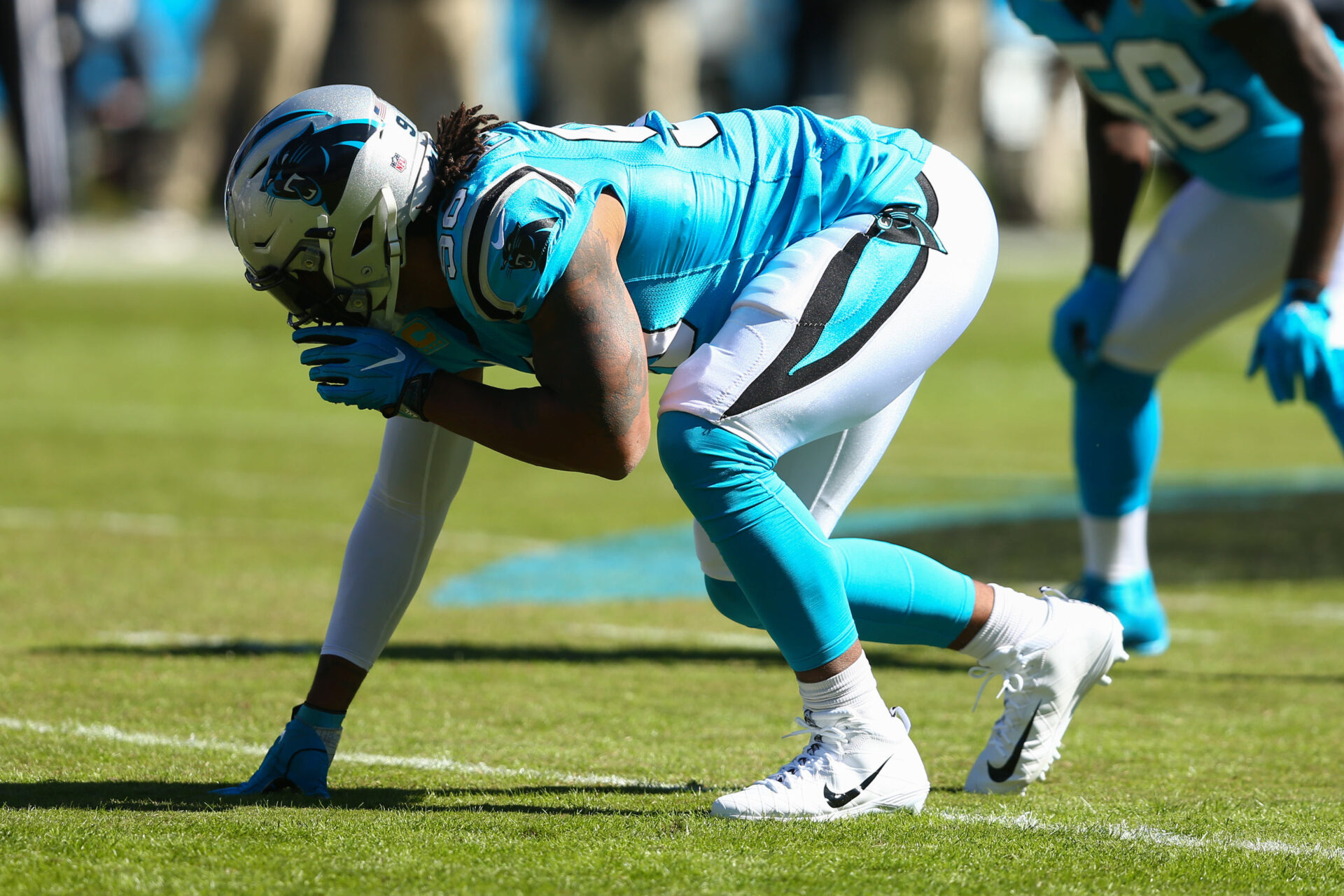
Julius Peppers, DE (2024)
Two-time All-Decade Team member Julius Peppers (2000s and 2010s) is the leading newcomer candidate for next year. His credentials, even while not winning a ring, are as impressive as any pass-rushing master can provide: 159.5 sacks, 52 forced fumbles, 21 recoveries, 82 passes defensed and 719 total tackles.
A three-time All-Pro and nine-time Pro Bowler who broke in as the Defensive Rookie of the Year for 2002, Peppers was as feared as any defender for much of his 17 NFL seasons.
“A dominant physical freak who combined pass-rush moves with remarkable power and athleticism,” Carucci said.
Antonio Gates, TE (2024)
Not quite on the level of Gronk, Gates was perhaps a steadier performer. He and Philip Rivers formed a dynamic pass-catch combo for the Chargers. A college basketball player, the undrafted Gates finished with 955 catches, becoming the second tight end with at least 100 touchdowns. He caught 89 from Rivers, an NFL mark for QB-TE connections.
“As steady a pass-catching force as any tight end to play the game,” Carucci said. “Few opponents had a coverage answer for him.”
Terrell Suggs, DE (2025)
"Terrell the Terror" a sack master for 17 seasons, the first 16 in Baltimore, where he won a Super Bowl. The 2003 Defensive Rookie of the Year, Suggs won top defensive player eight years later — on a roster with Ray Lewis and Ed Reed. A seven-time Pro Bowler, Suggs had seven picks to go with his 139 sacks.
“He’s got more tackles for losses (202) than any player in history and is eighth all-time in sacks (139),” Domowitch said. “Suggs had a lot of off-the-field baggage, but character – good or bad — doesn’t count in Canton. He should go in as soon as he’s eligible in 2025.’’
Adam Vinatieri, K (2025)
It’s a tough task for placekickers to be recognized. Indeed, Morten Andersen, the NFL’s career scoring leader and a member of two All-Decade Teams, didn’t get in until his fifth year of eligibility. Adam Vinatieri has something on his resume that no kicker can match: Field goals that were the margin of victory in three of his four Super Bowl titles.
“Vinatieri was a clutch kicker who spent nearly a quarter of a century in the NFL,” Domowitch said. “Ten seasons with the Patriots and 14 with the Colts, and he finished with 599 field goals, the most in history.’’
He won a trio of titles with the New England Patriots and another with the Indianapolis Colts. In addition to his longevity (24 pro seasons), Vinatieri made the 2000s All-Decade Team and led the NFL in field goal percentage three times.
Luke Kuechly, LB (2025)
Kuechly walked away from the game after eight seasons and a string of concussions. He made the most of those seasons, going to the Pro Bowl seven times and being a first-team All-Pro five times as well as an All-Decade selection.
“If he had played another three to four years, he’d be a first-year-of-eligibility guy,” Domowitch said. “Might still be, but he shouldn’t have to wait very long. Kuechly was the league’s Defensive Player of the Year in just his second season. He was a smart, instinctive, difference-making player.’’
Larry Fitzgerald, WR (2026)
Although he never officially announced he has retired, Larry Fitzgerald is in front of the line of what could be a crowded class of first-time eligible players in 2026. The best wide receiver of his era, Fitzgerald never fit the Diva Receiver category in his 17 pro seasons with the Arizona Cardinals.
“Fitz defined class while making 11 Pro Bowls, the 2010s All-Decade Team, and earning the Walter Payton Award as Man of the Year in 2016,” Wilner said. “He caught 1,432 passes, scored 121 touchdowns and did it while playing with only one elite quarterback, Kurt Warner.”
No discussion needed.
Drew Brees, QB (2026)
The other sure thing in ’26 will be Drew Brees, whose work in turning around the New Orleans Saints after Hurricane Katrina was exemplary. As was his devotion to his community — he won the Walter Payton Award in 2006; while that is not supposed to come into consideration with Hall voters, it can’t hurt his candidacy.
Nor can retiring as the NFL’s career leader in a bunch of passing categories; winning a Super Bowl as game MVP; making 13 Pro Bowls; two Offensive Player honors; and a Comeback Player of the Year award. Brees ranks with the Bradys and Mannings of his time.
“Brees will join Fitzgerald as members of the Hall’s Class of 2026,” Domowitch said. “Like Tom Brady, this is a no-brainer. He finished second to Brady in touchdown passes (571), yards passing (80,358) and pass completions (7,142).’’
Frank Gore, RB (2026)
As dependable as Sunday kickoffs, Gore only averaged 4.3 yards per carry for his 16-season career. But his 16,000 yards rushing are third most in NFL history behind Emmitt Smith and Walter Payton. Gore made the 2010s All-Decade team.
“Gore wasn’t flashy. Few of his runs made the SportsCenter highlights,” Domowitch said. “A 5-foot-9, 212-pound running back who answered the bell for 241 regular-season games and remained productive to the bitter end.”
Judge isn’t certain Gore will rush right into the Hall.
“Frank Gore is one of the most intriguing cases, just because you’d think the third all-time leading rusher would be a cinch as a first-ballot Hall of Famer,” Judge said. "I’m not so sure. The reason: He was an All-Pro only once, and then it wasn’t with the first team. His totals are a tribute to his consistency and longevity. Gore will be elected, but I’m not sure when.”
Adrian Peterson, RB (2027?)
Peterson hasn’t officially hung up his cleats, which someday should be on display in Canton. The last non-quarterback to win league MVP honors, Peterson made the 2010s All-Decade team and was a four-time first-team All-Pro.
“When he was the league MVP and Offensive Player of the Year in 2012 he led the league in rushing with 2,097 yards,” Domowitch said. “It was one of three times he won the league rushing title. Peterson finished fifth all-time in yards rushing (14,918), fourth in rushing touchdowns (120) and sixth in carries (3,230). He will go in in his first year of eligibility.’’
Ben Roethlisberger, QB (2027)
Two Super Bowl wins, a third trip and a career that went from superb — the first quarterback to win Offensive Rookie of the Year (2004) since 1970 — to troubled to once again superb marks Big Ben as a Canton cinch.
“I remember telling a well-known national columnist years ago that Ben Roethlisberger not only would reach Canton one day but would be a first-ballot choice,” Judge said. “He laughed and said it wouldn’t happen. I think it will: Roethlisberger didn’t put up a lot of gaudy numbers like some of his peers, but he won twice as many games as he lost (165-81-1) and delivered two more Lombardi Trophies to Pittsburgh. That’s good enough for me. Check, please.”
Rob Gronkowski, TE (2027)
It’s almost impossible to argue that Gronk wasn’t the premier tight end of his time. Carucci presents the evidence:
“Unparalleled completeness at the position. His combination of raw power and remarkable athleticism often made him simply impossible to cover. He swatted away smaller defenders like insects and ran larger ones into the ground.”
Tom Brady, QB (2028)
The term G.O.A.T. is overused and, frankly, impossible to determine; comparing athletes from different eras is a thankless chore. Suffice to say that Brady’s seven Super Bowl titles and career statistics make him the most successful quarterback of them all. Throw in his leadership, work ethic and intelligence, and you have the perfect quarterback.
“When I made my presentation for Reggie White back in 2006, all I said was, ‘Ladies and gentlemen, Reggie White.’ That’s all that needs to be said when Brady becomes eligible as well,” Domowitch said. “He’s automatic. Seven Super Bowl rings, the best winning percentage of any quarterback in history, and his NFL-record 649 touchdown passes say it all.’’
J.J. Watt, DE (2028)
The pre-eminent edge rusher and a dominating run-stopping force, Watt won three Defensive Player of the Year honors, tying him with Lawrence Taylor and Aaron Donald for the most, and a Walter Payton Man of the Year award.
Had injuries not slowed him later in his 12-year career, the Texans great might have won more such awards. An easy choice for the All-Decade team of the 2010s, Watt made five All-Pro squads and twice led the league in sacks
“What I loved about J.J. Watt is that he excelled wherever he played,” Judge said. “As a defensive end who occasionally moved inside, he was a three-time Defensive Player of the Year and five-time first-team All-Pro. But when the Texans tried him on the other side of the ball, he starred there, too, with three TD catches. Watt is such a lock as a first-ballot choice that the selector who presents him should save everyone time by simply saying his name. Then sitting down.”
Likely Hall of Famers
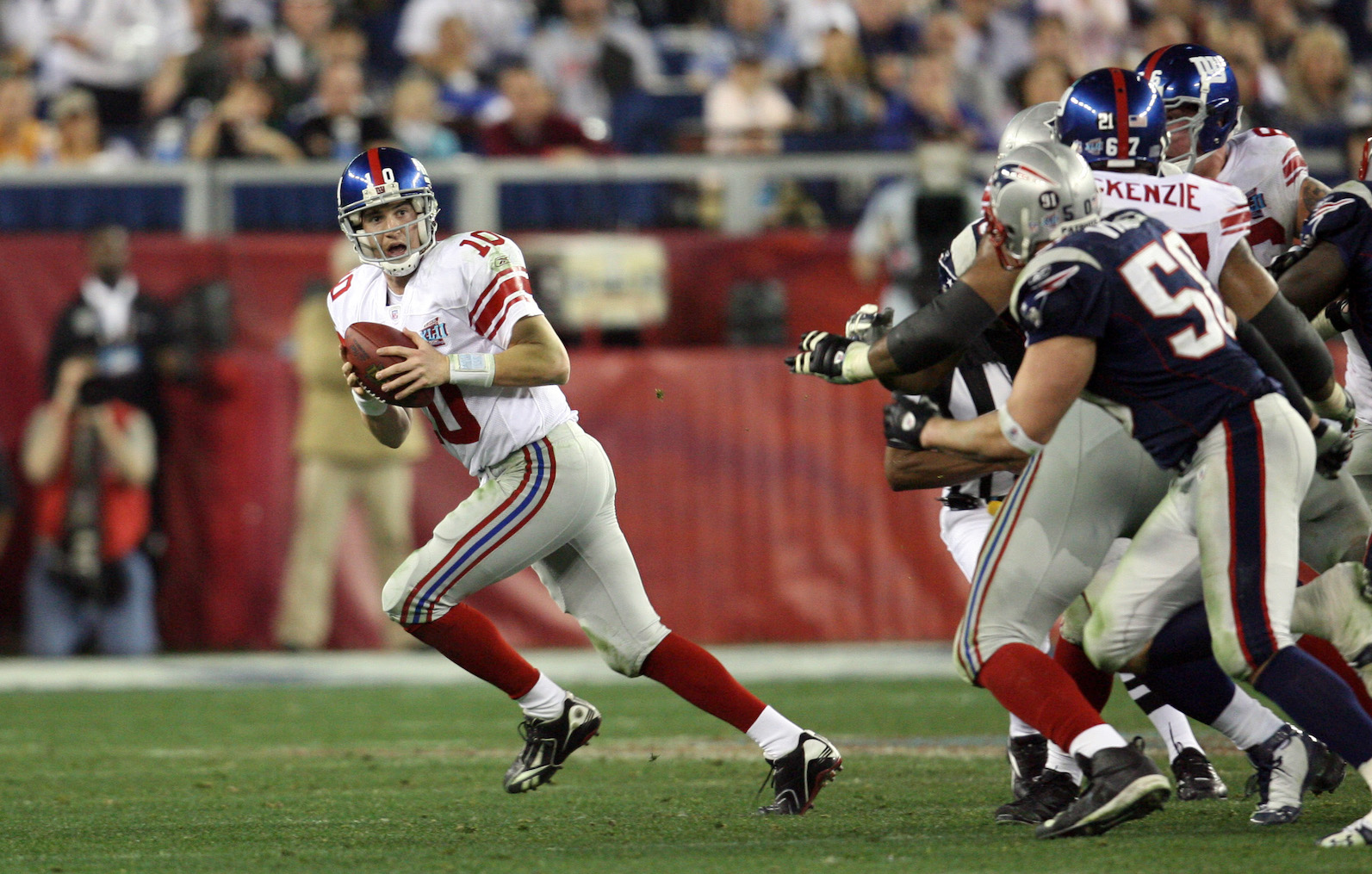
Eli Manning, QB (2025)
A school of thought exists that Eli Manning’s overall numbers are not Canton-worthy. Wilner disagrees.
“While he was a mediocre 117-117 in the regular season, many Hall of Fame careers are made thanks to postseason contributions,” he said. “There can be no arguing that Manning engineered two of the most significant Super Bowl victories — not only in New York Giants history but in NFL annals. Plus, he was the title game’s MVP in both wins, showing the resourcefulness of a champion as the Giants ended the New England Patriots’ dreams of a perfect season in the 2008 Super Bowl. Four years later, he replicated the triumph.”
Marshal Yanda, G (2025)
Handling one of the least-celebrated positions in sports, Yanda managed to get plenty of recognition. He was that good, with eight Pro Bowls and a 2010s All-Decade team spot. Still, he might have to wait for his spot in the Hall.
“He should get in fairly quickly,” Domowitch said, “but then I felt that way about Alan Faneca, and Faneca inexplicably didn’t get a bronze bust until his sixth year as a finalist.’’
Maurkice Pouncey, C (2026)
Yet another outstanding offensive lineman of this century, as was his twin brother Mike. Maurkice continued the line of superb Steelers snappers, making the Pro Bowl nine of his 10 seasons.
“He wasn’t Dermontti Dawson or Mike Webster,” Wilner said of two Hall of Fame centers for Pittsburgh, “but he was close. Close enough to be in the Hall.”
Philip Rivers, QB (2026)
The eight-time Pro Bowler is sixth in career passing yards and touchdown passes. He was one of the most durable players in history; Rivers’ streak of 240 consecutive regular-season starts is tied for the fourth longest.
“Rivers often was overshadowed by the other great quarterbacks of his era: Peyton Manning, Brady, Brees, Aaron Rodgers and Roethlisberger,” Domowitch said. “Most of them are going to be first-time-eligible inductees, though, so Rivers shouldn’t have to wait long for his bronze bust.”
Jason Witten, TE (2026)
Whenever the Dallas Cowboys needed to convert third downs, Tony Romo’s first choice wisely was Witten. Indeed, Witten excelled at picking up first downs as much as any tight end or wide receiver in the game. In 17 seasons, he made 1,228 receptions for 13,046 yards and 74 scores, getting to 11 Pro Bowls.
“In my view,” Wilner said, “Witten is the best tight end in Cowboys history and among the elite at the position to ever suit up. He’ll certainly get my support for the Hall.”
Antonio Brown, WR (2027)
If he is judged simply on statistics and impact on games, Brown will speed his way to Canton. But, like Terrell Owens previously, his disruptiveness — some have called him a “coach killer” could delay or prevent his entry into the Hall.
“He’s eligible for that year, he’ll get Hall consideration,” Judge said. “But I don’t know that he’ll get the votes.”
Andrew Whitworth, OT (2027)
Not the top tackle in the league during his 16 pro seasons, Whitworth was reliable on every snap. The anchor of O-lines in Cincinnati and Los Angeles — he won the 2021 championship with the Rams, then retired. Whitworth also won the Walter Payton Man of the Year award in ‘21.
“Longevity and dependability at left tackle must stand for something. Something special, actually,” Wilner said.
Potential Hall of Famers
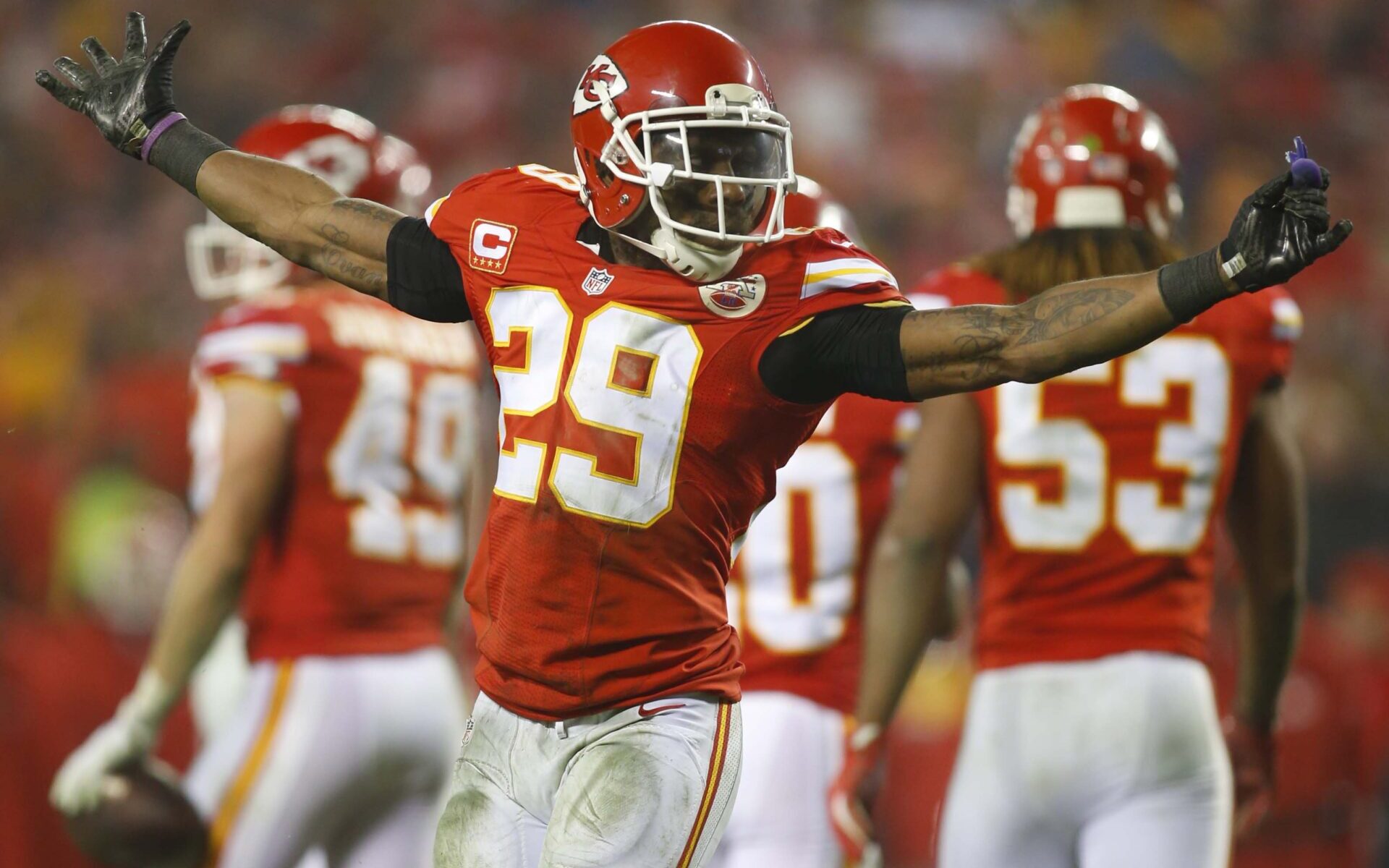
Eric Berry, S (2024)
A versatile safety and cancer survivor whose career was cut short by injury, Berry was the 2015 Comeback Player of the Year. He made three All-Pro squads and, at his peak, was elite at his position.
Brandon Marshall, WR (2024)
A six-time Pro Bowler who played for six teams, Marshall made 970 receptions and scored 75 TDs. He went over 100 catches in six seasons.
Kyle Williams, DT (2024)
One of the few Buffalo players who outshined all the mediocrity around him, Williams was a force in 184 games, only one in the postseason. He had 48.5 sacks from the inside despite often being double-teamed and made six Pro Bowls.
LeSean McCoy, RB (2026)
A complete running back with 11,102 yards rushing, 518 catches and 89 TDs overall, “Shady” was as exciting and versatile as any running back of his era. He ranked 26th in career yards from scrimmage (exactly 15,000) when he retired.
Greg Olsen, TE (2026)
Not as dynamic as some of his peers, Olsen was a stud for two teams: Chicago and Carolina. A steady presence with 742 catches and 60 touchdowns in a 14-year career.
Alex Mack, C (2027)
A close second among centers of his era behind Maurkice Pouncey, Mack’s candidacy could be damaged by playing for bad teams in Cleveland. He did get to a Super Bowl with Atlanta in February 2017.
Richard Sherman, CB (2027)
A refreshingly outspoken player who anchored Seattle’s Legion of Boom, Sherman was a shutdown cornerback for much of his stint with the Seahawks. He was at his best in the tightest situations, though he had only 37 career picks.


